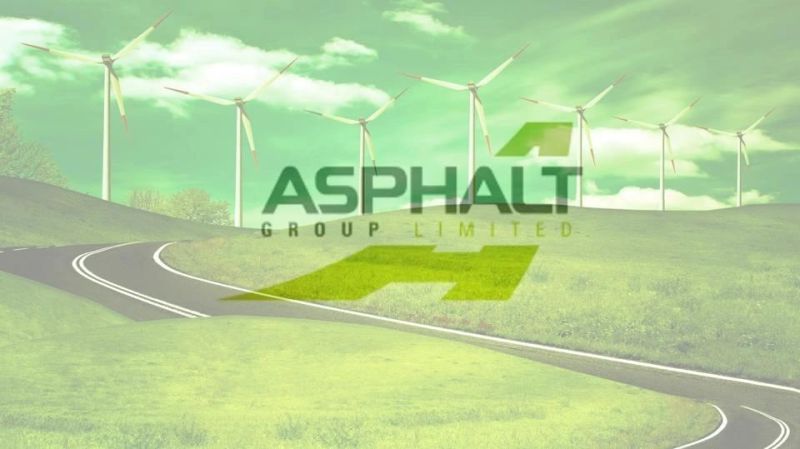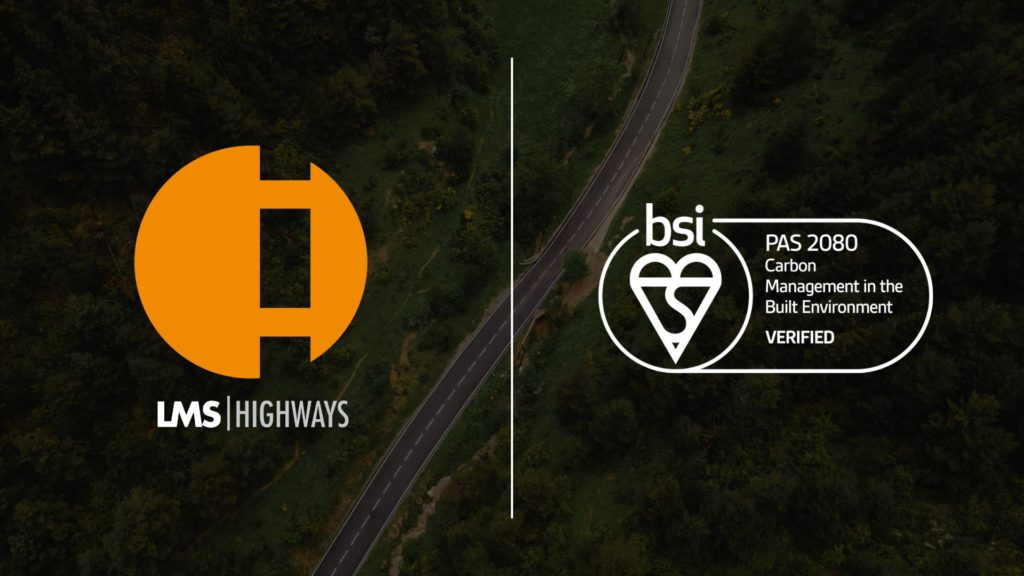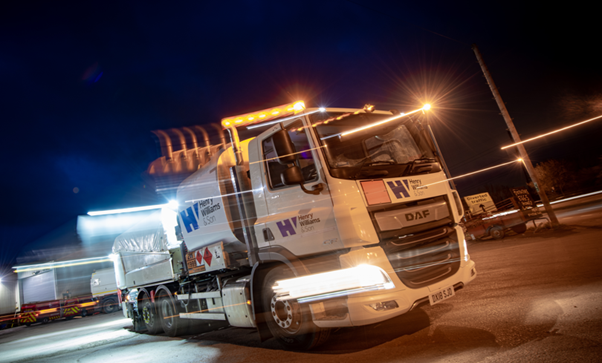
Last week at the RSTA Annual Conference, the association launched the second edition of its Carbon Emissions Document. It was a real privilege to be involved in producing this important update, which continues to drive the conversation around carbon reduction in highway maintenance.
The RSTA’s announcement (below) captures the significance of the work and the shift in focus this time to include the ‘use stage’ in the Life Cycle Assessment:
Today, at our Annual Conference, we launched the second edition of our 𝐂𝐚𝐫𝐛𝐨𝐧 𝐄𝐦𝐢𝐬𝐬𝐢𝐨𝐧𝐬 𝐃𝐨𝐜𝐮𝐦𝐞𝐧𝐭, which shows how surface treatments remove significant amounts of carbon from the maintenance process.
This means 𝐧𝐞𝐭 𝐳𝐞𝐫𝐨 is finally in the grasp of local authorities, with the potential to remove carbon from the highway maintenance process higher than ever for those implementing surface treatments into their asset management strategies.
This project builds on the work completed on the 1st edition released in 2023. The key focus this time was around the transitioning Life Cycle Assessment (LCA) of highway maintenance treatments from section A (product stage) to now include section B (use stage).
The document will support local highway authorities and road operators, who are tasked with making strategic and operational decisions linked to carbon reduction, in support of their net zero aspirations.
Thanks to Emma Pye of PYE Management for all her hard work on this and to all the RSTA members that gave up their time to contribute.
You can read the full document here: RSTA Edition 2 Carbon Guidance April 2025
It’s been a pleasure working closely with the RSTA and its members on this, and I’m proud to see how far the conversation has moved in just a year.
A special thank you as well to Highways Magazine editor Dom Browne for his generous words:
“Emma Pye is the key architect behind this brilliant document.”



